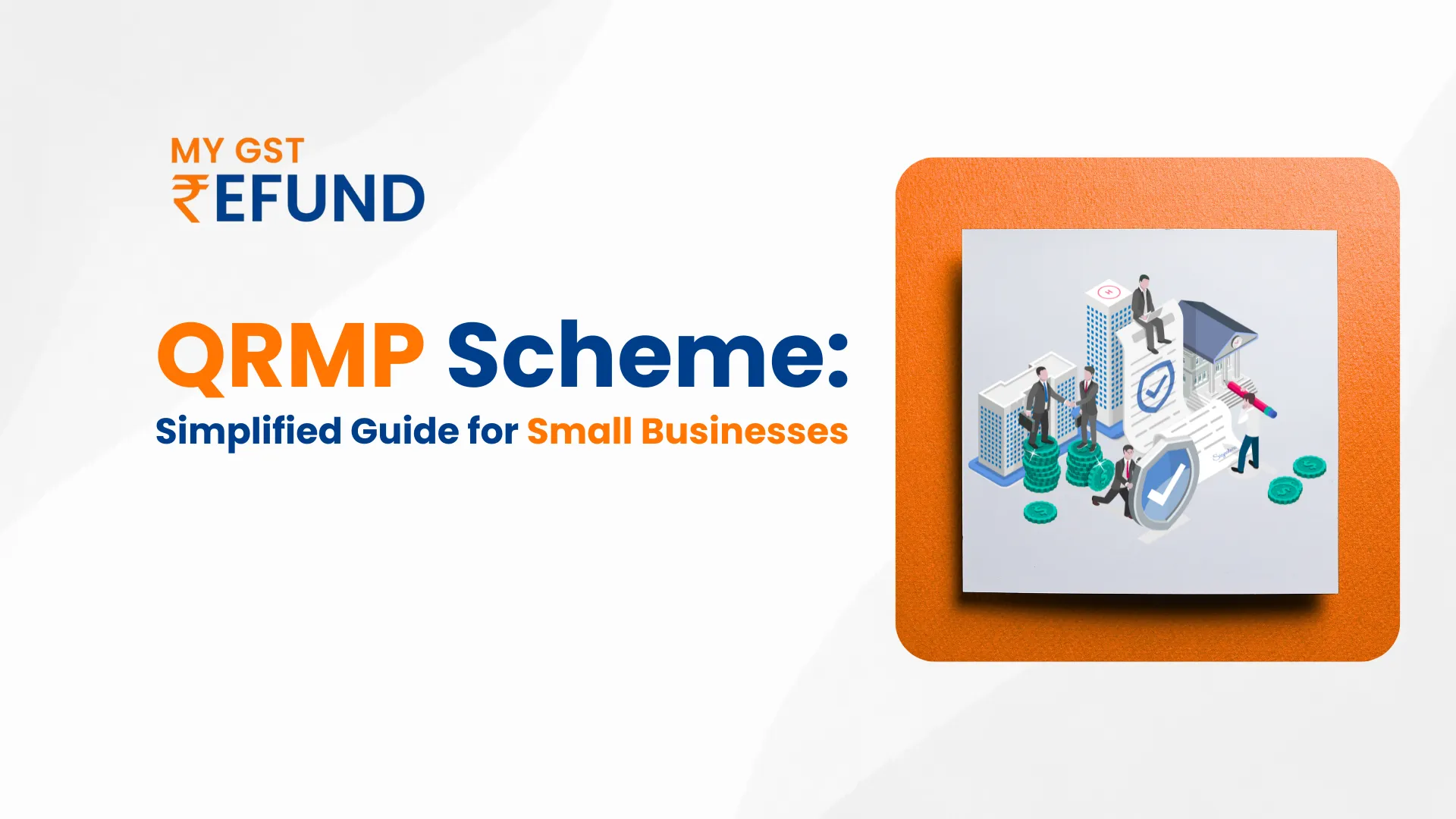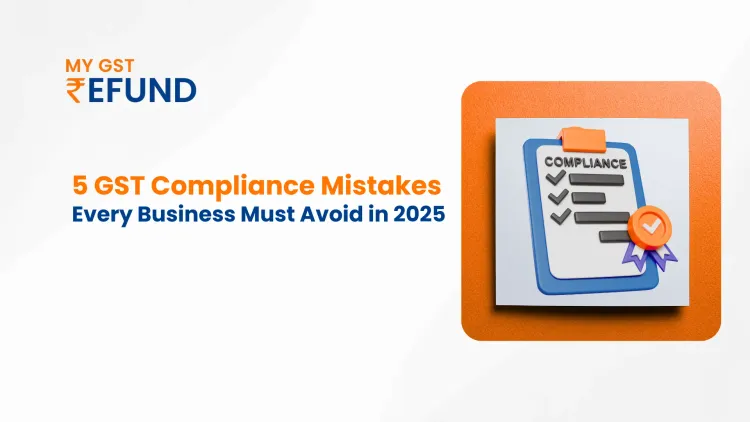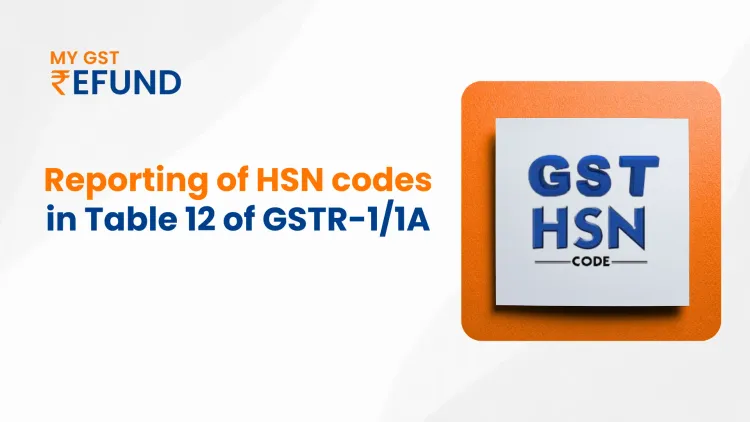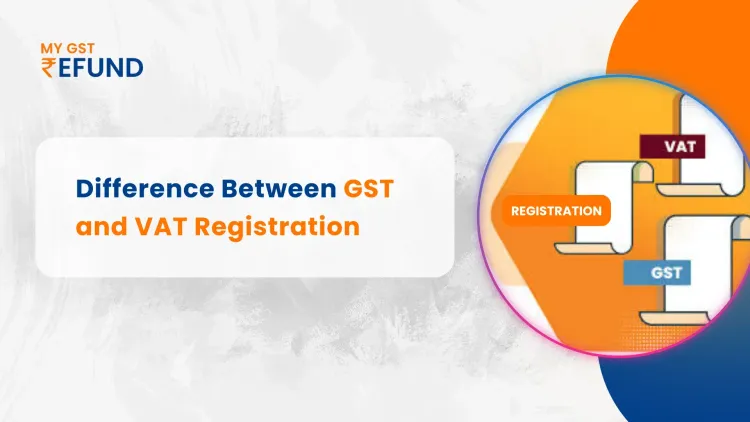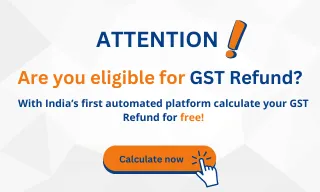QRMP Scheme: Simplified Guide for Small Businesses
Imagine running a small business like a coffee cafe or a trendy clothing store. You are managing inventory, customers, and many other tasks, and then there’s the added layer of tax compliance. Filing monthly GST returns can feel like a relentless chore, consuming your time and energy. In that scenario Quarterly Return Monthly Payment (QRMP) scheme comes in—a thoughtful initiative by the Indian government to minimize the load for small taxpayers like you.
Introduced under the Goods and Services Tax (GST) framework, this scheme balances compliance burden and simplicity. In this article we will cover what QRMP is, how it works, who it’s for, and the latest updates as of April 2025, all in a practical and easier way.
What is the QRMP Scheme?
The QRMP scheme, launched by the Central Board of Indirect Taxes and Customs (CBIC) on January 1, 2021, is designed to reduce compliance burdens for small businesses. It allows eligible taxpayers to file GST returns—specifically GSTR-1 (outward supplies) and GSTR-3B (summary return)—on a quarterly basis instead of monthly, while still ensuring monthly tax payments.
Who Can Opt for QRMP?
This scheme is specifically for small businesses. You are eligible if:
- Annual turnover is up to ₹5 crore: Your aggregate turnover across all GSTINs under your PAN should not exceed ₹5 crore in the previous financial year.
- You are a registered taxpayer: Regular taxpayers and SEZ units can avail themselves of QRMP.
- Your previous GSTR-3B is filed: Compliance with past return filings is necessary to opt in.
Additionally, QRMP allows flexibility—taxpayers can choose the scheme for some GSTINs while continuing monthly filings for others.
How Does QRMP Work?
QRMP provides a structured yet flexible way to manage GST compliance. Here’s how:
1. Quarterly Filing:
GSTR-1 (details of outward supply) and GSTR-3B (summary return) are filed every three months.
Due dates: GSTR-1 due date (QRMP) is the 13th of the month following the quarter, and for GSTR-3B due date (QRMP), it is between the 22nd and 24th of the month following the quarter.
2. Monthly Tax Payments:
Even though returns are filed quarterly, tax payments must be made every month using Form GST PMT-06 (by the 25th of the subsequent month). Two payment methods are available:
- Fixed Sum Method: Pay 35% of the previous quarter’s cash tax (for quarterly filers) or 100% of the last month’s cash tax (for monthly filers).
- Self-Assessment Method: Compute your actual tax liability after adjusting Input Tax Credit (ITC) and pay accordingly.
3. Invoice Furnishing Facility (IFF):
For the first two months of the quarter, businesses can upload B2B invoices via IFF (by the 13th of the next month). This allows buyers to claim ITC without waiting for the full GSTR-1 submission.
4.Who Can Opt QRMP Scheme?
- Taxpayers can opt in for QRMP each quarter within the specified window (e.g., for July-September, the selection period is May 1st to July 31st).
- If turnover exceeds ₹5 crore, the taxpayer must revert to monthly filings in the next quarter.
Benefits of QRMP
For small businesses, QRMP is a game-changer. Here’s why:
- Less Paperwork: Reduces GST filings from 24 to just 8 per year.
- Better Cash Flow Management: Allows tax payments in smaller monthly amounts.
- Faster ITC for Buyers: The IFF ensures timely credit availability to customers.
- Greater Flexibility: Opt-in and opt-out options ensure businesses can adapt as needed.
Challenges to Keep in Mind
Despite its advantages, QRMP has some challenges:
- Strict Monthly Payment Deadlines: Late payments attract 18% interest.
- Turnover Limitations: Exceeding ₹5 crore requires a shift to monthly filings.
- IFF Limit: B2B invoice uploads are limited to ₹50 lakh per month.
To stay compliant, businesses should set reminders for payments and monitor their turnover closely.
Recent Updates as of April 2025
QRMP has evolved with several enhancements:
- Enhanced GST Portal Features: Auto-population in GSTR-3B and a smoother IFF interface reduce manual work.
- Extended Relief Periods: Certain post-pandemic relaxations, such as reduced interest rates for delayed payments, have been made semi-permanent.
- NIL Filing via SMS: Taxpayers with no transactions can now file NIL GSTR-1 or IFF via SMS, making compliance even easier.
A Day in the Life with QRMP
Meet Priya, a jewelry store owner with a ₹4 crore turnover. She opts for QRMP and follows this schedule:
- April Sales: ₹30 lakh → Pays ₹1.5 lakh in tax using the Fixed Sum Method (by May 25th) and uploads invoices via IFF (by May 13th).
- May Sales: ₹20 lakh → Pays tax by June 25th.
- June Sales: ₹25 lakh → Files GSTR-1 and GSTR-3B by July 24th and completes the final tax payment.
With QRMP, Priya has reduced paperwork, improved cash flow, and freed up time to focus on growing her business.
Conclusion:
The QRMP scheme is more than just a tax compliance measure. It is a tool designed to support small businesses. By reducing the frequency of return filings while maintaining regular tax payments, it ensures a balance between ease of compliance and financial discipline.
For small business owners, QRMP means less stress, fewer filings, and more time to focus on business growth. If you qualify, consider opting in via the GST portal and experience a smoother GST compliance process!
Need help with GST compliance? Stay updated with MyGST Refund for the latest tax insights and expert guidance!
Also Read : GST Amnesty Scheme: A Comprehensive Overview
Related Posts




